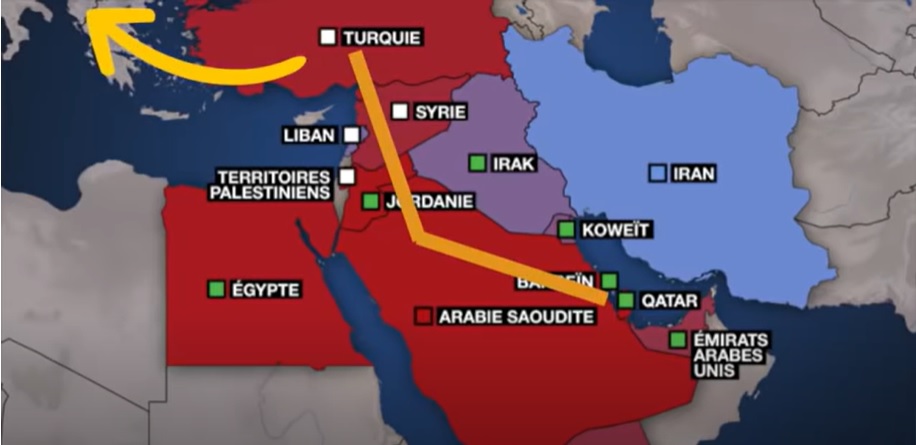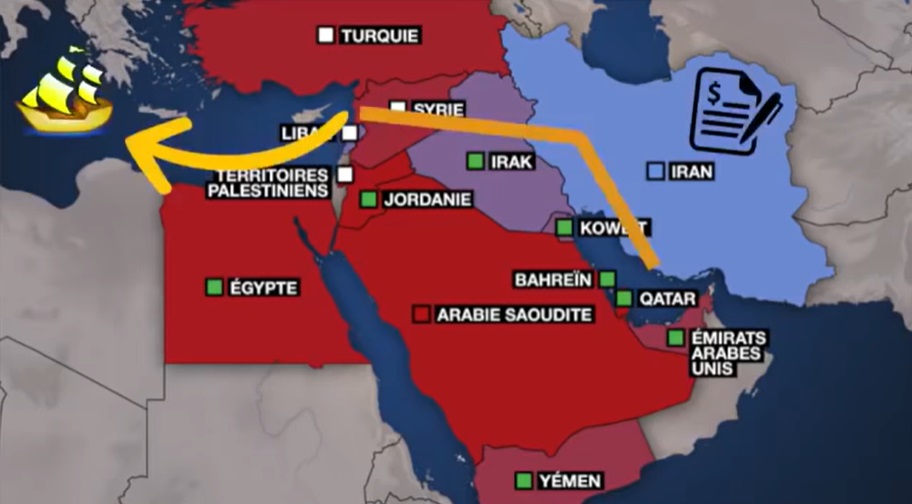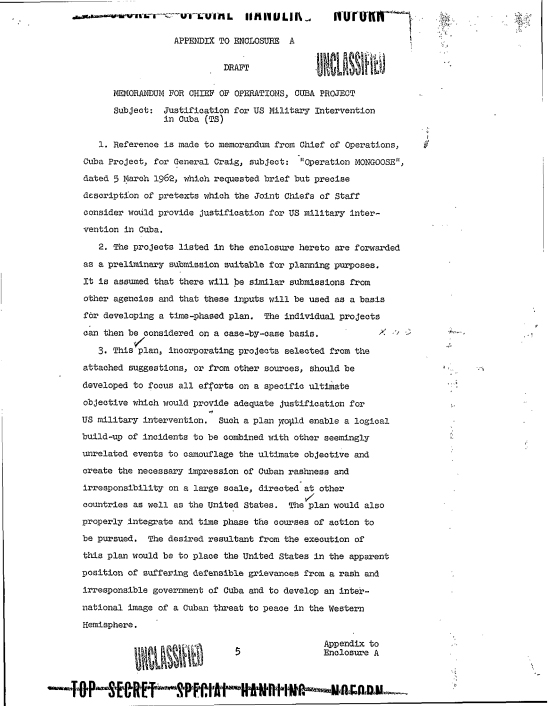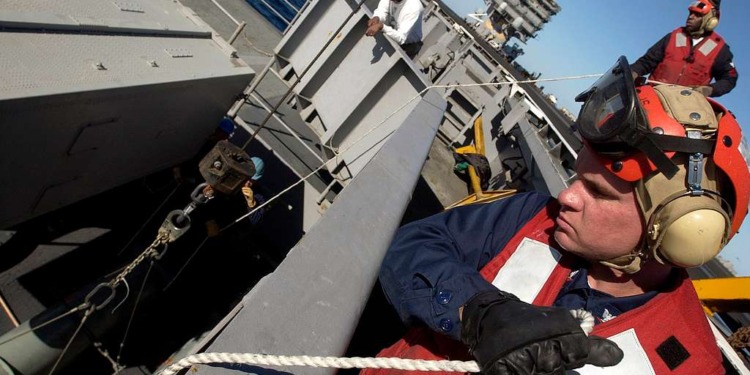There is a dis…stinky pattern in recent history involving sabotage and throwing the blame on other countries. The methane trail leads from Norway, on to Syria, to Ukraine, then to Turkey.
Four cases in point have me wondering who’s next.
1. Pulitzer Prize-winning journalist Seymour Hersh accuses US President Biden of ordering sabotage
In the last week, Seymour Hersh has accused US President Biden of ordering the sabotage of the Nord Stream Pipeline. Hersh’s sources say American navy divers planted remotely triggered explosives under the Baltic Sea between Russia and Germany during a NATO maritime exercise last June and detonated the bombs three months later.
Since the US is the backbone of NATO, this would amount to an invertebrate defense alliance wrecking its own gas pipelines from Russia to Europe and scapegoating Russia to prolong the war.
Should one listen to such a source? It’s worth recalling here who Seymour Hersh is. Myron “Sy” Hersh (born April 8, 1937) is an American investigative journalist and political writer who first gained recognition in 1969 for exposing the infamous My Lai Massacre and its cover-up during the Vietnam War, for which he received the 1970 Pulitzer Prize for International Reporting.
The motives are clear.
According to Alain Juillet, former Director of Intelligence at France’s Directorate-General for External Security, the Russians had no interest in blowing up a pipeline that they could simply turn off. On the other hand, a functioning pipeline was a risk to NATO’s raison d’être. The winter cold might cause Germany to lose resolve, and run back to Russia to re-negotiate opening the pipeline.
If we follow the money, we can see US liquid natural gas exporters boosted shipments to Europe by more than 137% in the first 11 months of 2022 from the same period in 2021, according to data from Kpler. The US now supplies more than half of Europe’s imported liquid natural gas at elevated prices.
2. Sabotage and scapegoating in Syria to precipitate ‘regime change’
Seymour Hersh also disputes the claim that Bashar al-Assad’s regime used chemical weapons on civilians in the Syrian Civil War. I talked to Syrian refugees, some agreeing with Hersh. “The US kills, and they say other people do it,” one refugee said. “They killed my father with these chemicals. He was in Assad’s army.”
As Alain Juillet explained to the French Senate, the war broke out in Syria right after signing a deal for a gas pipeline. Unfortunately, the history of this region has been manipulated because of its rich natural resources. Alain Juillet, given his considerable experience, is in one of the best positions to formulate a realistic and dispassionate vision of the geostrategic stakes.
It was the fight over gas that transformed a peaceful country into a brutal one.
Juillet points out that, “Yes, Syria is a dictatorship, but so are most countries in the Middle East.” The real conflict goes back 20 years to when the Iranians discovered the world’s largest gas field, the South Pars/North Dome natural-gas condensate field in the Persian Gulf, in Iran. “At the time, everyone said, It’s a great deposit, you have to exploit it, and on both sides, the Qatari and the Iranians reflected on how to go about it,” Juillet says.
The Qataris had the idea, supported by Saudi Arabia, to make a pipeline that would leave from Qatar, go up through Arabia and Syria, and then plug into the South Stream ― that’s the pipeline that passes through Turkey and brings gas to Europe. This was a great project because this gas was going to Europe via the South. Russia was going to allow it to bypass the entire northern part of Europe.

On the other hand, the Iranians, realizing that they were going to have a significant amount of gas available without outlets on the west side, had the idea of laying a pipeline from Iran through Iraq, because as in Iran, the Shiites also control Iraq. Then, it would turn towards Syria to create a gas outlet at the port of Tartus in Syria.

This plan would allow the Iranians to sell their gas to all Western countries around the Mediterranean, including northern countries such as France.
The project took shape in 2010. In 2011, President Bashar held in his hands both folders: the Qatari proposal to make a pipe that would pass through Syria to go to Turkey, and the Iranian proposal to go directly from Iran to Syria, and from there directly towards the Mediterranean.
“Bashar Assad signed official agreements with Iran in 2011 choosing the pipeline going through Iraq to Syria and into the Mediterranean,” Juillet said. It was no coincidence that three weeks later, divisive rhetoric started brewing, and Syrians began rebelling.
“We can therefore legitimately ask whether this is a war of liberation or a gas war,”
— Alain Juillet, former Director of Intelligence at the DGSE.
Now the US, in Syria on another “regime change operation,” has been caught with its pants down. In the aftermath of the earthquake, the US is sanctioning to death the very rebels it had originally flown in to back.
3. With friends like that…
This kind of loyalty doesn’t bode well for the Ukrainians as they fight on through the longest winter imaginable.
To get a sense of what one might expect from the US, there are other examples of engaging in covert operations and systematically putting the blame on others.
The most extreme example is HAARP, which many are saying caused the earthquake in Turkey and Syria. A Romanian member of parliament, Senator Diana Șoșoacă, warned that the earthquake in Turkey and Syria was engineered by the US. On February 8, she delivered these accusations in a speech to the Romanian Parliament:
- One minute before seismographers detected the earthquake, Turkish gas and oil pipelines were shut down.
- 24 hours before the earthquake, 10 Western countries recalled their ambassadors from Ankara.
- 5 days before the earthquake, several Western countries, including Romania, issued a travel warning to Turkey without providing motivation.
Senator Șoșoacă says the Turkish secret service is investigating the possible crime. While this situation continues to unravel, we need only look to history for proof that the US uses this kind of tactic. But first a closer look at the Turkey-Syria earthquake.
Was it human-made or a natural disaster?
Many people are saying US HAARP transmitters caused the earthquake. Whether or not the US is telling the truth on HAARP now, it is taking the heat for crying wolf on so many occasions.
So what is HAARP? It’s the acronym for US Navy’s High Altitude Auroral Research Program, one of the programs the US Senate has been increasing spending on “in order to focus only on the highest priority projects,” according to US Senate Hearing 108-241. HAARP is a high-frequency radio transmitter, that some claim can be used to cause earthquakes.
Some analysts question whether the US used its new toy to stage a HAARP attack in retaliation for Turkey’s blocking Sweden’s accession to NATO. The US does have a high-power radio frequency transmitter facility in Gakona, Alaska.
Scientists in the HAARP program say they use high-frequency radio transmitters to heat small regions of the ionosphere, but deny its capability to cause earthquakes.
The Future is here
This particular example of sabotage and scapegoating ― putting the blame for the damage on others ― might sound futuristic. Setting aside the question of HAARP’s presumed (or not) ability to cause earthquakes, scientists reportedly have had the technology to cause earthquakes for decades.
According to Christian Klose, a geohazards researcher at Columbia’s Lamont-Doherty Earth Observatory, the human production of earthquakes is quite commonplace.
We may never know whether the US has incurred the bad karma of blaming the earthquake on the weather, but we do know that it has used scapegoat tactics in the past. Authorities might not be able to prove that US HAARP transmitters caused the earthquake, but we can all look to history for proof that the US uses this kind of tactic.
4. The bowels of history: More evidence of US scapegoating
If we really want to dig into the bowels of history, we will find hard proof of these incendiary tactics etched into US playbooks. Going back to the sixties, for instance, the US cooked up Operation Northwoods intended to provoke war with Cuba in 1962.
Operation Northwoods was a “false flag” operation against American citizens proposed by the US Department of Defense. It called for the CIA to stage and commit acts of violent terrorism against the USA’s own military and civilian targets, and blame the Cuban government, in order to justify a war against Cuba.
The plan included remote-controlled civilian aircraft which would be secretly repainted as US Air Force planes, a fabricated “shoot down” of a US Air Force fighter aircraft off the coast of Cuba, the assassination of Cuban immigrants, sinking Cuban refugee boats on the high seas, blowing up a US ship, and orchestrating terrorism in US cities.
The proposals were rejected by President John F. Kennedy. The next year, he was assassinated:

Getting along in a shared and sustainable future requires more responsibility than the same old pattern of projecting bad behavior on others. Many look to America as a watchdog on the international “stage.” But a closer look at how the US instigates to justify this policing role shows a level of abuse of power amounting to terrorism.
All of this dissembling is causing the US to actually break apart. Indeed, the petro-dollar is undergoing challenges to its supremacy of yore following similar acts of US immaturity. If the crumbling of the Soviet Union and the knell of Brexit are indicators of turning tides, the US may well find itself grounded in its Hollywood.
Editor’s Note: The opinions expressed here by the authors are their own, not those of Impakter.com — In the Featured Photo: ombat system hold steady lines to balance the load of an AIM-7 missile Featured Photo Credit: Collections – Get Archive (cc).










